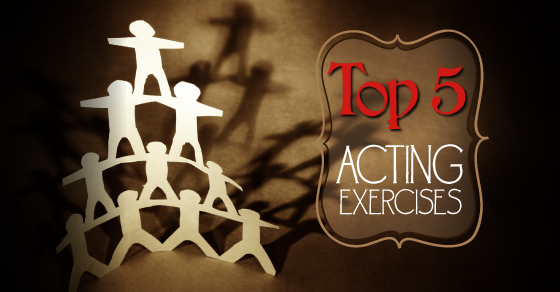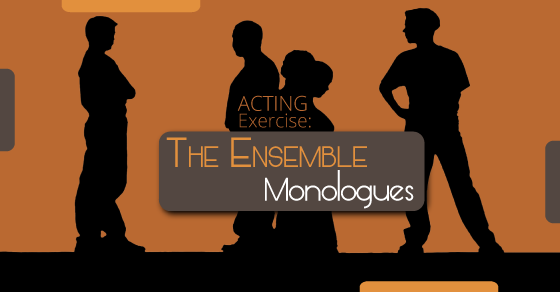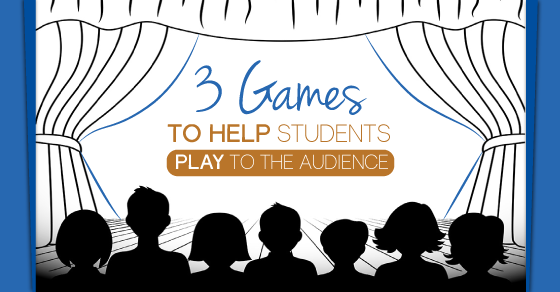

Need acting exercises for your drama classroom? Here are 5 of Theatrefolk’s most popular exercises to help inspire student actors, from monologues to ensembles.
1.“Channel That Fear”
Fear is such a wonderful motivator for characters and it has both positive and negative connotations. Use the Character Fear list included in this post to inspire acting exercises and writing activities.
2. “The Ensemble Monologue” Acting Exercise
Learn how act out a monologue as a group. This post includes a lesson plan, monologue handout, scene checklist, and rubric.
3. “Mirror Game – Modified!”
Learn a fun twist on the traditional Mirror Game exercise and download a reflection that students can complete after the game!
4. “Create a World” Exercise
Try this exercise to encourage students to create worlds on stage with little to no movie realism.
5. “Who’s Knocking?” Acting Exercise
This acting exercise is great for beginners because it involves character creation without any pressure to be a “performer.”



A collection of games and activities that go well beyond the notion of "play."
Improv games including feedback suggestions and questions, game variations, teaching tips, side coaching tips, entry prompts, exit slip questions, and more!
Give students the confidence, skills and tools they need to master the monologue with The 30-Second Monologue Project. This four-lesson unit guides students from the first moment to a successful performance.
Many monologue books have monologues with only male- or female-identified characters. This resource allows students to infer the identity of the character.